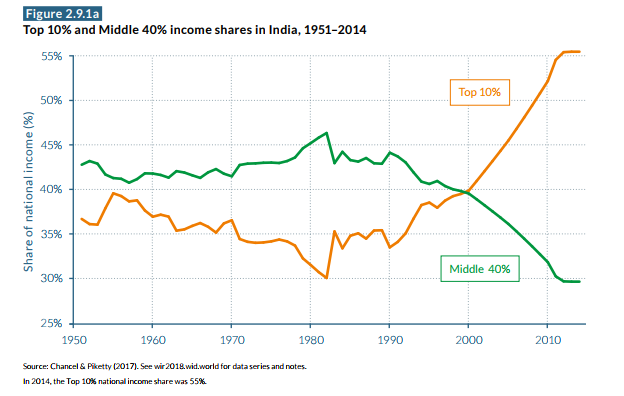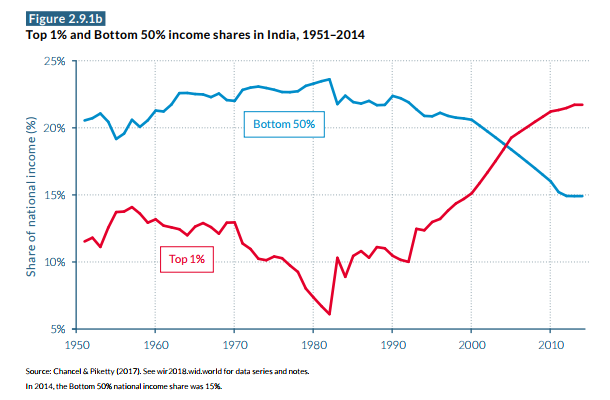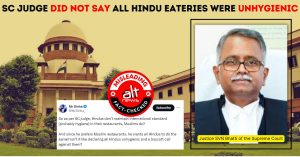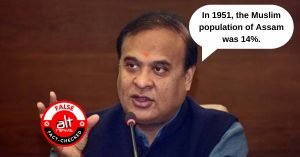Congress President Rahul Gandhi took a dig at the Government and the Prime Minister when he tweeted the result on a survey on inequality, which showed India in poor light over intranational distribution of wealth. Gandhi tweeted, “Dear PM, Welcome to Switzerland! Please tell DAVOS why 1% of India’s population gets 73% of its wealth?” The Congress President’s tweet came around the time when Prime Minister Narendra Modi was addressing the plenary session of the World Economic Forum at Davos on January 23.
Dear PM,
Welcome to Switzerland! Please tell DAVOS why 1% of India’s population gets 73% of its wealth? I’m attaching a report for your ready reference. https://t.co/lLSNOig5pE— Office of RG (@OfficeOfRG) January 23, 2018
Rahul Gandhi was referring to a report by Oxfam, a confederation of 14 organisations that work together on socio-economic issues. The report, titled ‘Reward work, not wealth’ was published just ahead of the World Economic Forum at Davos in Switzerland. The Oxfam report is based on the Global Wealth Report, 2017 released annually by the Swiss financial services firm Credit Suisse.
So, what is the truth? Does 1% of India’s wealthiest get 73% of its total wealth as claimed by Rahul Gandhi? Oxfam’s report mentions that of the total wealth generated in India in 2017, 73% of it accrued to the wealthiest 1%. Although Oxfam mentions that its report is based on the Credit Suisse Global Wealth Report 2017, the organisation has its own methodology for calculation on the basis of which this statistic has probably been arrived at. This figure is thus to be seen separately from the Credit Suisse report figures.
While Rahul Gandhi was ostensibly referring to the Oxfam report in his tweet, he failed to mention that the numbers quoted in the report are specific to the year 2017 and do not represent the general distribution of wealth in India. While the article by The Wire which Gandhi linked to his tweet clearly mentions in the very first line that ‘India’s richest 1% garnered as much as 73% of the total wealth generated in the country in 2017’, Gandhi’s tweet does not do so, and comes across as misleading.
Gandhi’s tweet expectedly came under the scanner. OpIndia published an article which ridiculed the Congress President’s claim. A number of users on twitter too claimed that Gandhi had got his facts wrong.
n/n Indeed, if Credit Suisse is to be believed, India’s income inequality has actually REDUCED in the last year.
2016: Top 1% garnered 58% of total wealth; top 10% garnered 80%
2017: Top 1% garnered 45% of total wealth; top 10% garnered 73%cc @narendramodi @OfficeOfRG pic.twitter.com/3EnKAiq5EQ
— Anand Ranganathan (@ARanganathan72) January 23, 2018
So then, what is the status of wealth inequality since the NDA Govt came to power? Alt News looked at the Global Wealth Databook released by Credit Suisse for the years 2014 to 2017. The Oxfam report had based its findings on this annual report by Credit Suisse. Here is what we found:
| Year | Top percentile (%) | Top decile (%) | Gini Index (%) |
| 2014 | 49 | 74 | 81.4 |
| 2015 | 53 | 76.3 | 83.1 |
| 2016 | 58.4 | 80.7 | 80.7 |
| 2017 | 45.1 | 73.3 | 83 |
Top percentile=Top 1% of population (wealth). Top decile=Top 10% of population (wealth)
As can be seen, the total wealth of the wealthiest 1% of the population in India in 2014 was 49% of the total wealth in the country. The top 10% of the population accounted for 74% of the total wealth. In 2015, the number for the top percentile rose to 53%, while that for the top decile increased to 76.3%. For 2016, the corresponding numbers were 58.4% and 80.7% respectively. The interesting part is the numbers for 2017 show an improvement for India. According to the Global Wealth Handbook 2017, the percentage of wealth held by the top 1% of the population fell to 45.1%. For the top decile, the number stood at 73.3%.
Thus, according to the report, the proportion of wealth in the hands of the wealthiest 1% and the wealthiest 10% of the population declined significantly in 2017 as compared to a year before. However, there is a catch here. Credit Suisse in the 2017 report has revised its database. The report states, “This year revisions to the UN population estimates have had an immediate and obvious impact on our estimates of wealth per adult. This has been compounded by new data on the level of non-financial assets in China, India and Russia, which has led us to revise wealth per adult upwards in each of these countries”. As a consequence, the proportion of wealth held by the wealthiest 1% has shown a corresponding decline.
Is inequality a recent phenomenon?
Is inequality of wealth a recent phenomenon in India, or has it been growing over the years? Alt News looked at data contained in the World Inequality Report, 2018. According to the findings of the report, income inequality has been on the rise from the early 1990s when liberalisation of the economy was undertaken. Here, it must be noted that income inequality IS NOT EQUAL to wealth inequality.


This broad trend is confirmed by another statistical measure: The Gini coefficient, a statistical measure which determines relative inequality within countries. The Gini index too generally measures inequality in income. In this index, a value of 0 (or 0%) represents perfect equality whereas a value of 1 (or 100%) represents perfect inequality. India’s Gini coefficient has steadily risen from 45.18% in 1990 to 51.36% in 2013.
A number of studies have concluded that income and wealth inequality in India has sharply risen from the 1990s. The cause for greater disparity is generally attributed to the policy of liberalisation ushered in by the Government in 1991. The debate on income inequality has been contentious among policymakers. While there are those who point out that the trend is ominous and reflective of the failure of liberalisation, others have taken recourse to India’s rising GDP and per capita income in the last two decades to suggest greater wealth creation has benefited more than one section of society. In either case, economic inequality is not a new phenomenon if we consider the period from 1990-2017.
Independent journalism that speaks truth to power and is free of corporate and political control is possible only when people start contributing towards the same. Please consider donating towards this endeavour to fight fake news and misinformation.




